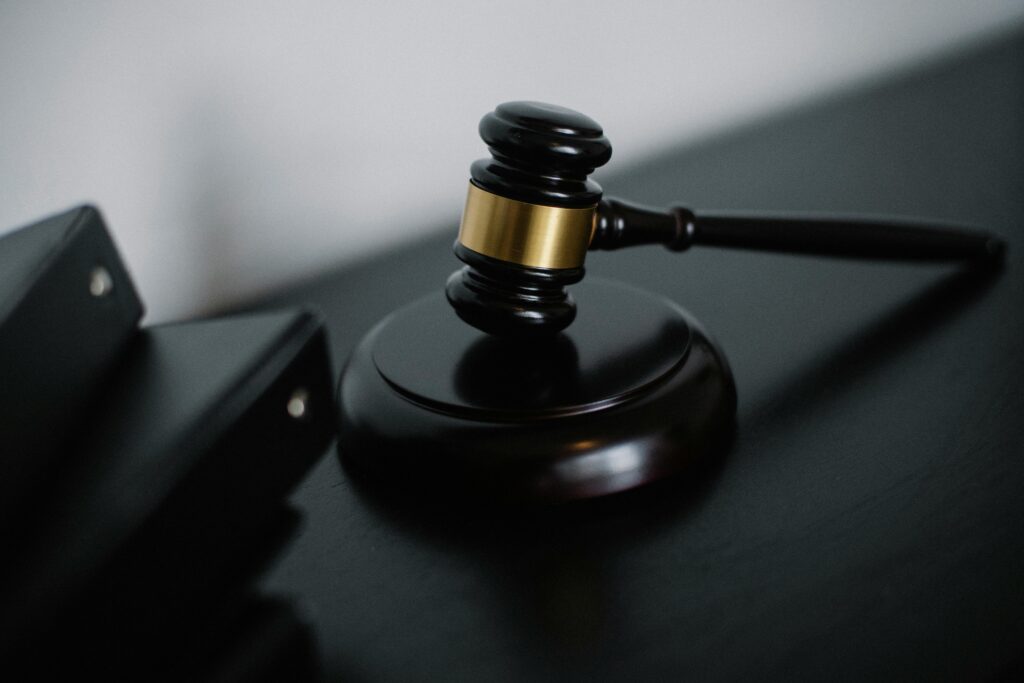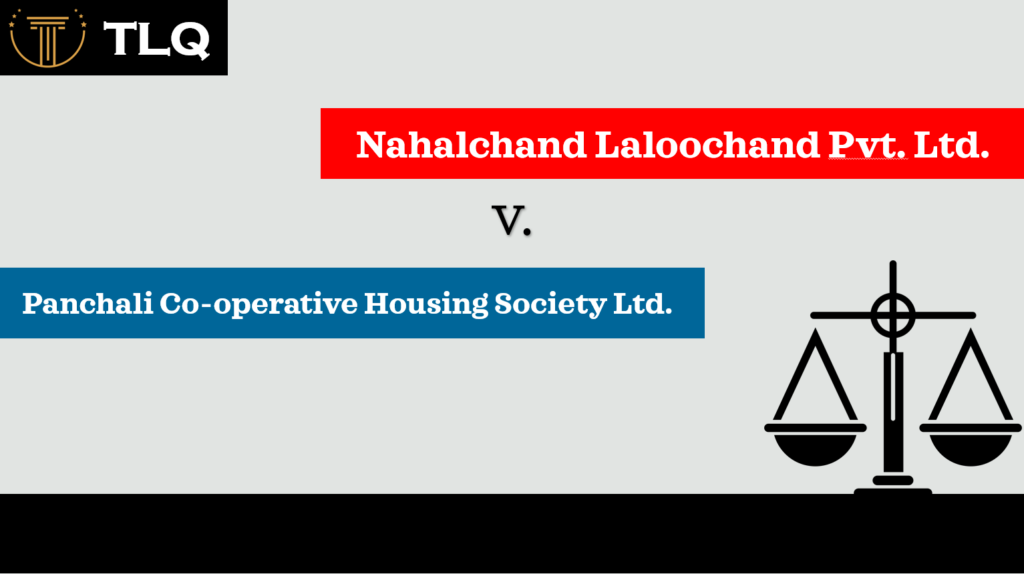Published On: September 30th 2025
Authored By: Pratikshya Priyadarsini Biswal
SOA National Institute of Law
Introduction
In democratic countries, balancing the line between freedom of speech and hate speech is like walking a razor’s edge, especially in a diverse and pluralized country like India. Right to speech and expression is like a double-edged sword; it’s a cornerstone for democracy but can shred every piece of social harmony if left unfettered. The constitution provides a clear framework, a promise of freedom of speech and expression that clashes violently with the ingrained ignorance of the people about its true meaning and the restraints. The Supreme Court has to repeatedly step in to remind the citizens of their duties, and its sheer volume can be seen in recent controversies involving public figures like stand-up comedians, content creators making deem remarks that were offensive enough to file a case, similarly another cartoonist Hemant Malviya was arrested for sharing a cartoon on social media that shows a critical of a pollical and religious figure or Wajahat Khan, who is an perfect illustration for tit-for-tat, he file a complaint against another social media influencer for hate speech but arrested for his own controversial posts. When individual citizens use freedom of speech as a weapon to camouflage hate speech. When individual citizens use freedom of speech as a weapon to camouflage hate speech, it not only trivializes a serious legal case but also burdens the judicial system with cases that could have been avoided as a civic responsibility. These controversies prove that for many of the citizens Right To freedom of speech and expression is not a right to be protected but a weapon to camouflage hate speech against those they disagree with, completely missing the constitutional ideal of a society where diverse opinions can co-exist without descending into a free-for-all of mutual insults and legal complaints.
The Constitutional Framework
The crux of the matter lies in Article 19(1)(a) of the Indian Constitution, which guarantees all citizens the fundamental right to freedom of speech and expression. Freedom of speech and expression is the cornerstone of a democratic society and is one of the most cherished rights of a citizen. This includes the freedom to express oneself through speech, writing, printing, visual representations, or any other means. However, reasonable restrictions can be imposed on this right for the interests of sovereignty and integrity of India, security of the State, friendly relations with foreign nations, public order, decency or morality, contempt of court, defamation, incitement to an offense, or the sovereignty and integrity of Parliament.
In the case of Romesh Thappar vs the state of Madras [1] it was held that freedom of speech and of the press lay at the foundation of all democratic organization, for without free political discussion no public education, so essential for the proper functioning of the process of popular government, is possible” The expression ‘Freedom of press’ is part of the ambit of article 19 and it means the right to print and publish without any interference from the state or any other public authority. But this Freedom, like other freedoms, cannot be absolute but is subject to well-known exceptions acknowledged in the public interests, which in India are enumerated in Article 19(2) of the Constitution.[2]
Article 19(2) says that nothing in sub-clause (a) of clause (1) shall affect the operation of any existing law, or prevent the state from making any law, in so far as such law imposes a reasonable restriction on the exercise of the right conferred by the said sub-clause in the interests of the security of the state, friendly relations with foreign states, public order, decency or morality, or with contempt of court, defamation or incitement to an offence.
Legal Provisions against Hate Speech
The term “Hate speech” has not been defined under any comprehensive law in India, although various sections have been addressed under the IPC (Indian Penal Code), now BNS (Bharatiya Nyaya Sanhita), which criminalise specific actions that promote hate or disrupt social peace. Section 196 of BNS (Sec- 153A of IPC) is widely used to criminalize the promotion of enmity between different groups on grounds of religion, race, place of birth, residence, language, etc. Section 299 of BNS (Sec 295A of IPC), this section deals with deliberate and malicious acts, intended to outrage religious feelings of any class by insulting its religion or religious belief. Section 353 (Sec 505 of IPC) provision penalizes the publication of statements conducing to public mischief.
In the year 2017, the Law Commission of India released the 267th Law Commission Report 2017, which made an attempt to define hate speech and recommended introducing new provisions into the IPC (now BNS). The Law Commission report proposed to define hate speech as “an incitement to hatred primarily against a group of persons” based on attributes like race, ethnicity, religion, etc.
Shaheen Abdulla v. Union of India (2022): This case is one of the very significant recent case judgments. The Supreme Court of India expressed its concern about the alarming rate of growth of hate speech. The Supreme Court of India directed the police in Delhi, Uttar Pradesh, and Uttarakhand to take immediate and Suo motu action by lodging criminal cases without waiting for a formal complaint. The court also warned that any indecision would be treated as contempt of Court. This judgement demonstrates the judiciary’s dissatisfaction with the lack of enforcement and its willingness to take a firm stand.
Shreya Singhal vs Union of India [3](2015): In this case, it was held that Section 66A of the IT Act, 2000, was unconstitutional for violating the freedom of speech, as it was a vague section leading to an arbitrary and discriminatory application of the law. It was also held that Section 66A exceeds the reasonable restriction that is imposed under Article 19(2) of the Indian Constitution.
Reflections on Law: A Comparative Global Analysis
Germany: The Volksverhetzung law of Germany criminalizes public incitement of hatred and attacks on human dignity; its approach is rooted in their historical experience with the Nazi regime. Their model is a legally defined framework that constitutes what hate speech is and offers a strict punishment.
Australia: Australia’s remedy is more civil than criminal for hate speech that is reasonably likely to offend, insult, humiliate, or intimidate someone based on their race. Its key focus is to mediate through the human rights commission, with criminal prosecution being the last resort.
Canada: Canada’s criminal code specifically criminalizes the promotion of hatred against “identifiable groups” based on aspects like race, religion, or sexual orientation. The system notably incorporates clear legal provisions safeguarding speech delivered in good faith, which aims to promote religious dialogue or topics of public interest.
United Kingdom: The UK’s legal system, particularly under the Public Order Act, focuses on hate as an “aggravating factor” in existing crimes. Instead of creating a standalone or a different law for hate speech, they increased the penalties for existing offences like assault and harassment if they are motivated by hatred.
India can draw inspiration from the international model and can refine its legal framework to a new model, and offer its own unique approaches.
Recommendations on Legal Reforms
- The current laws are often Ambiguous; there is no clear definition of the term Hate speech. The legal system of India needs to adopt a clear definition that defines Hate speech precisely. It should clearly mention the kinds of speech that are prohibited, such as incitement to violence or discrimination.
- The legal system to clear the difference between criminal and civil offences, not all hate speech is a criminal offence or calls for violence. There should be a formal statute.
- There should be a mandate for algorithmic transparency and a strengthening of content moderation rules; no one can deny the role of social media in spreading hate speech. Laws should mandate that social media companies employ a robust and independent content moderation team, with clear and transparent guidelines.
- Public awareness fosters a culture of dialogue and empathy. Encourage people to respond with facts, empathy, and calmly and respectfully, so it reduces polarization.
Conclusion
The razor’s edge isn’t the law itself, but the public’s perception of it. The legal reforms won’t be sufficient alone; this needs public attention and awareness. While the Indian legal framework provides a robust legal framework for freedom of speech and expression, there remains a disengagement between legal ideals and it’s application in a diverse society. The balancing act between the freedom of speech and hate speech is more than a legal challenge.
The legal system of India needs a fundamental recalibration. On the legislative level, the vague definition of hate speech needs to be clarified. India can draw inspiration from international models and adopt some of the effective legislation to counter hate speech, such as a precise definition for hate speech or what prohibited speech is.
Ultimately, legislation reform alone is not the solution. This required a nationwide effort to reduce the gap between the ideal guarantee by the law and how it actually works. The journey to the future of democracy is not only to defend the right to freedom of speech and expression but also to uphold the grave duty that comes with it.
References
[1] Romesh Thappar vs The State of Madras, SC, 124 (1950)
[2] Constitution Article, https://indiankanoon.org/doc/1218090/
[3] Shreya Singhal vs the Union of India, SC 1523 AIR (2015)


![SHILPA SAILESH V. VARUN SREENIVASAN [2023] 5 S.C.R. 165](https://thelegalquorum.com/wp-content/uploads/2024/10/DALL·E-2024-10-30-12.28.45-A-detailed-illustration-representing-the-concept-of-maintenance-and-alimony-in-India.-The-image-shows-a-balanced-scale-symbolizing-justice-with-one-s-1024x585.webp)

